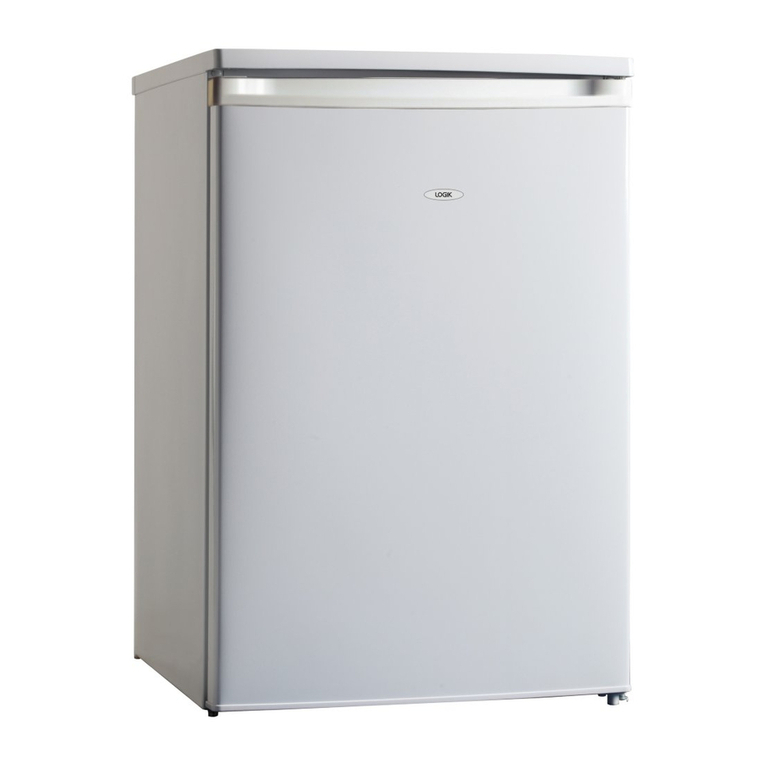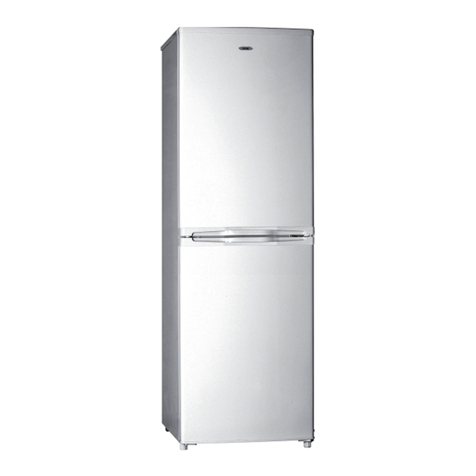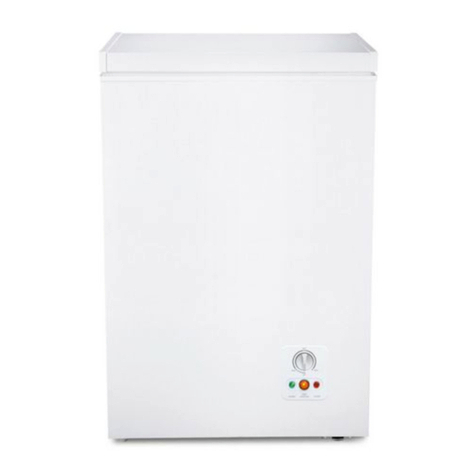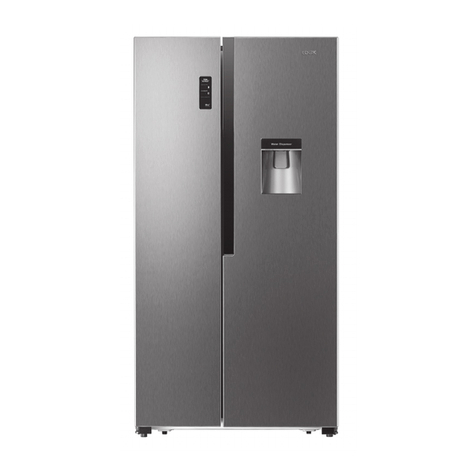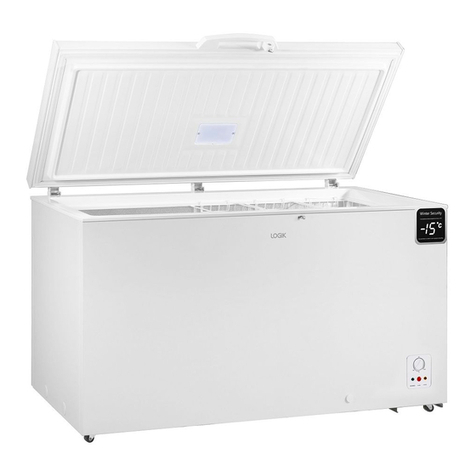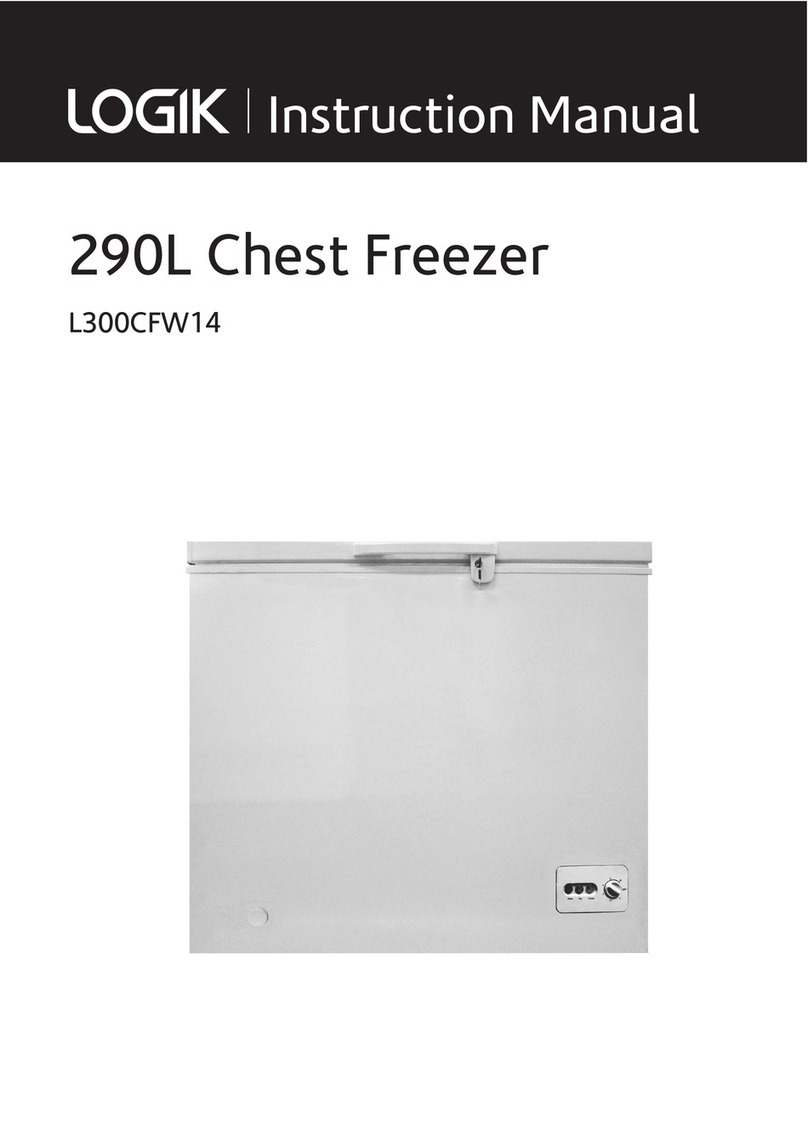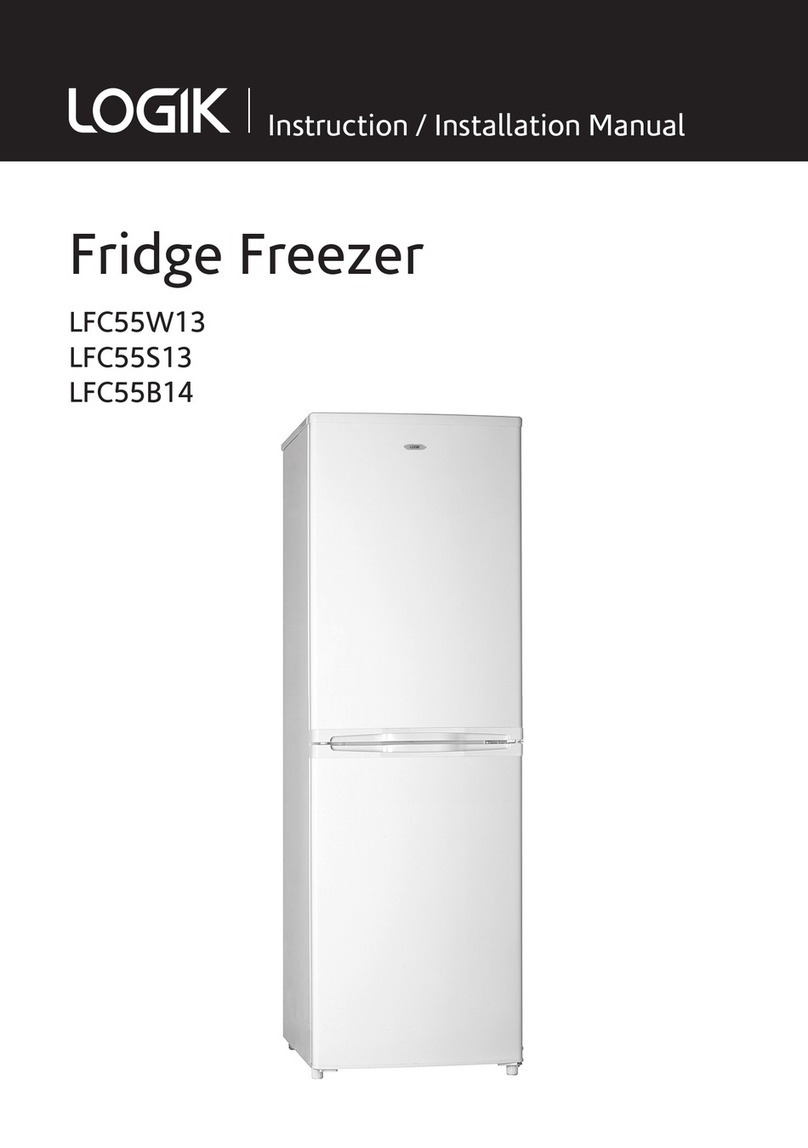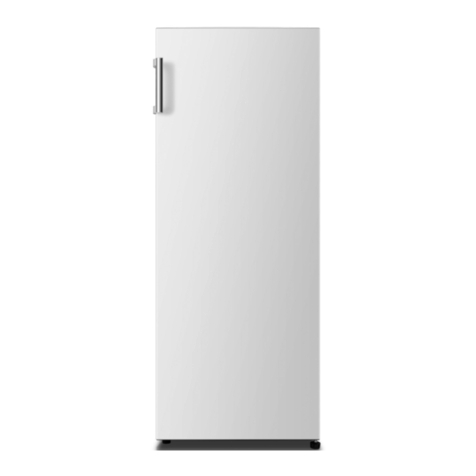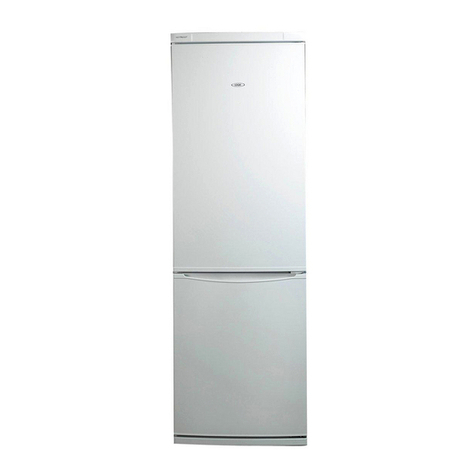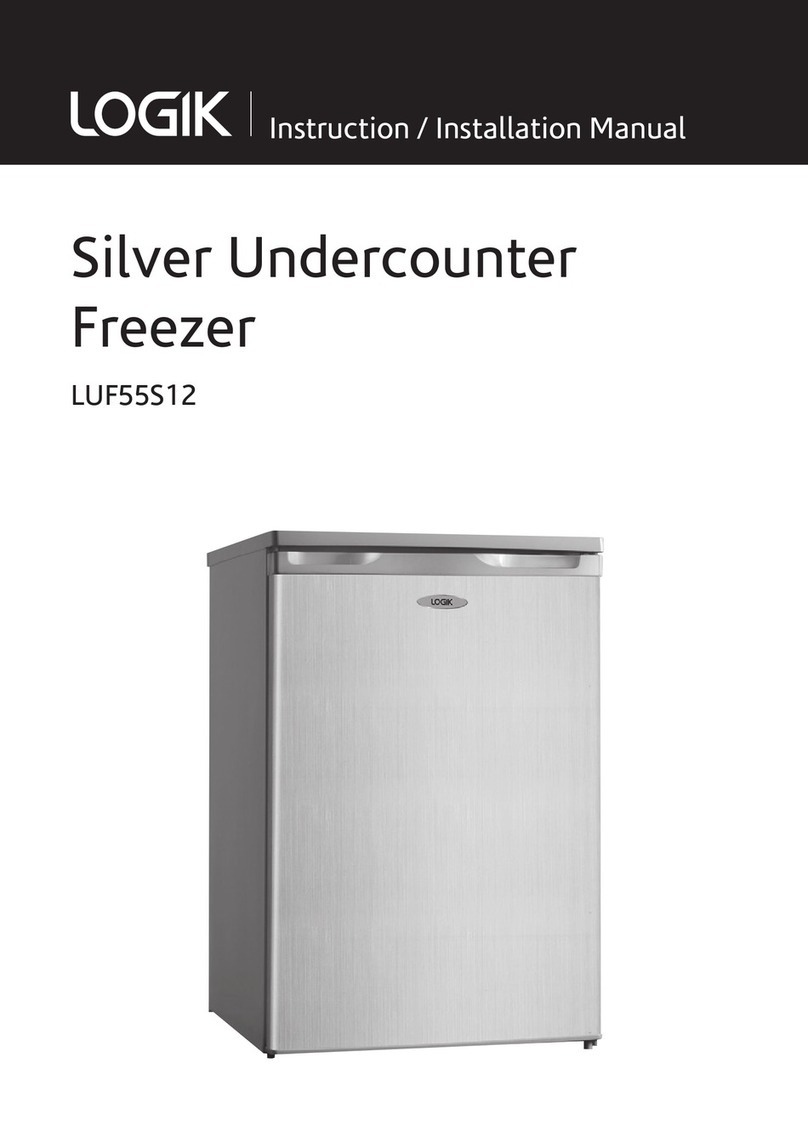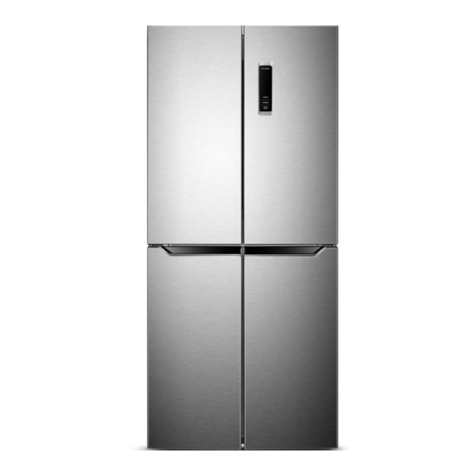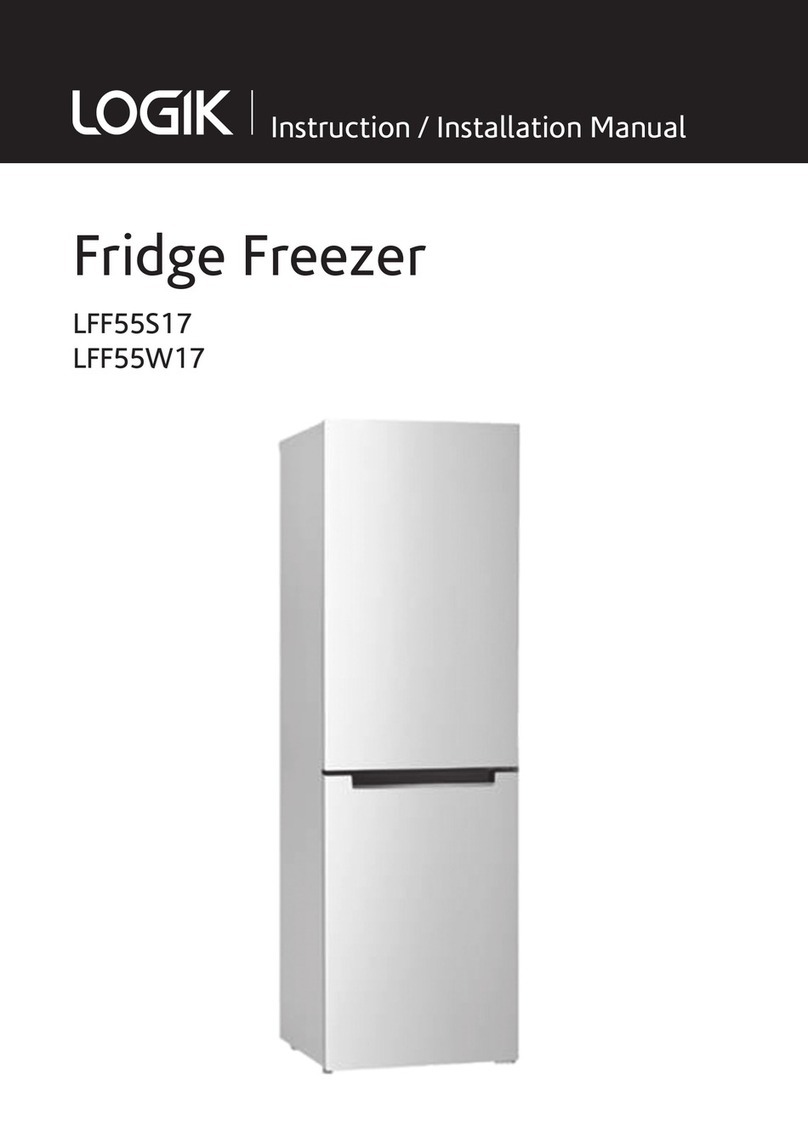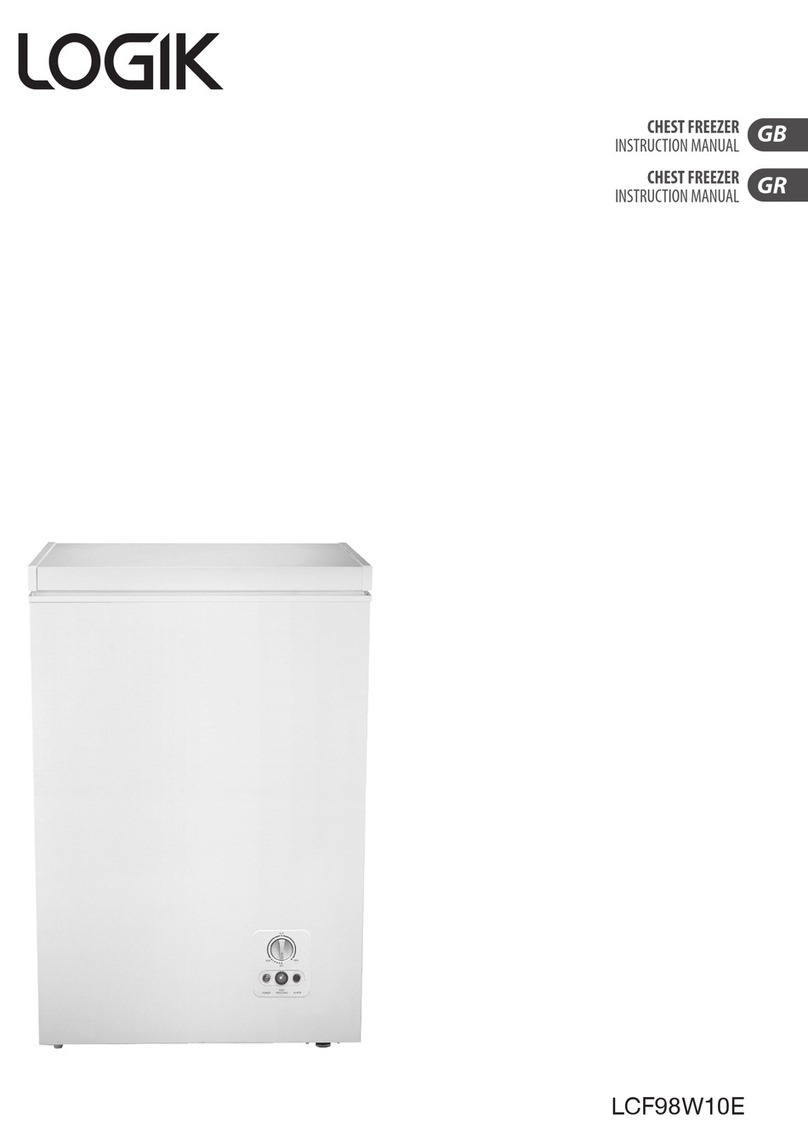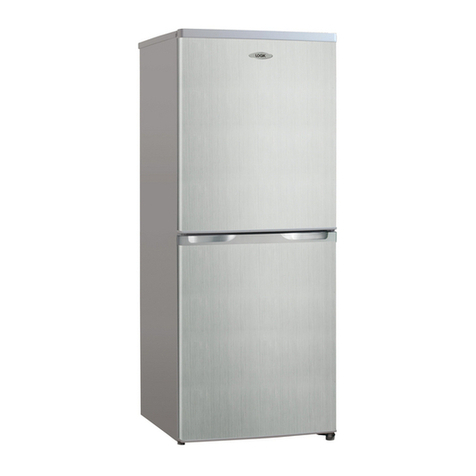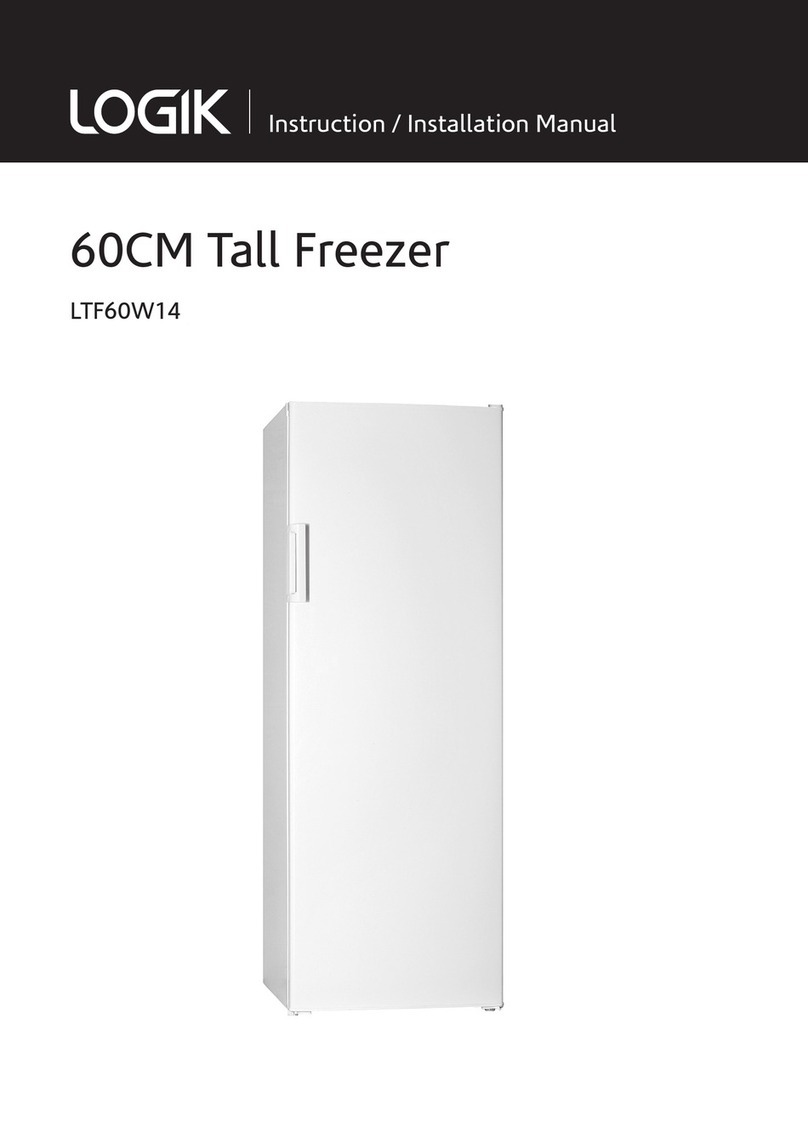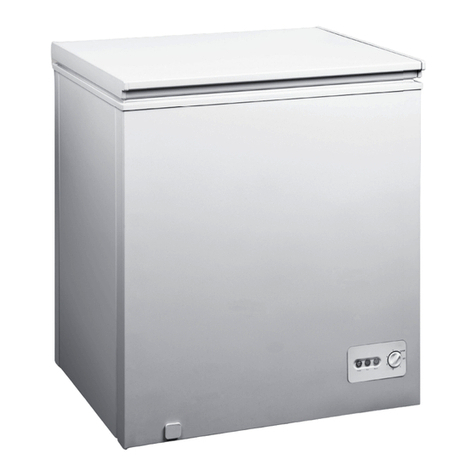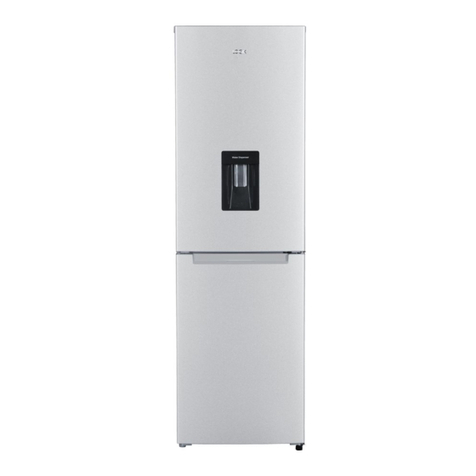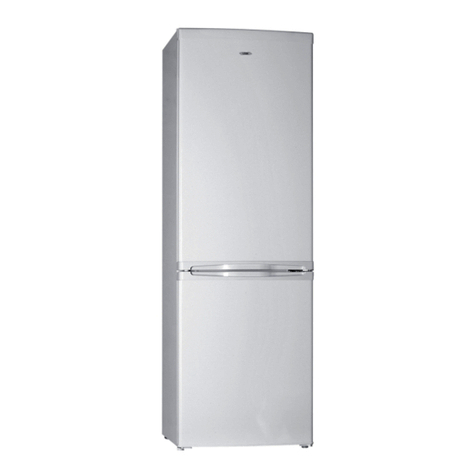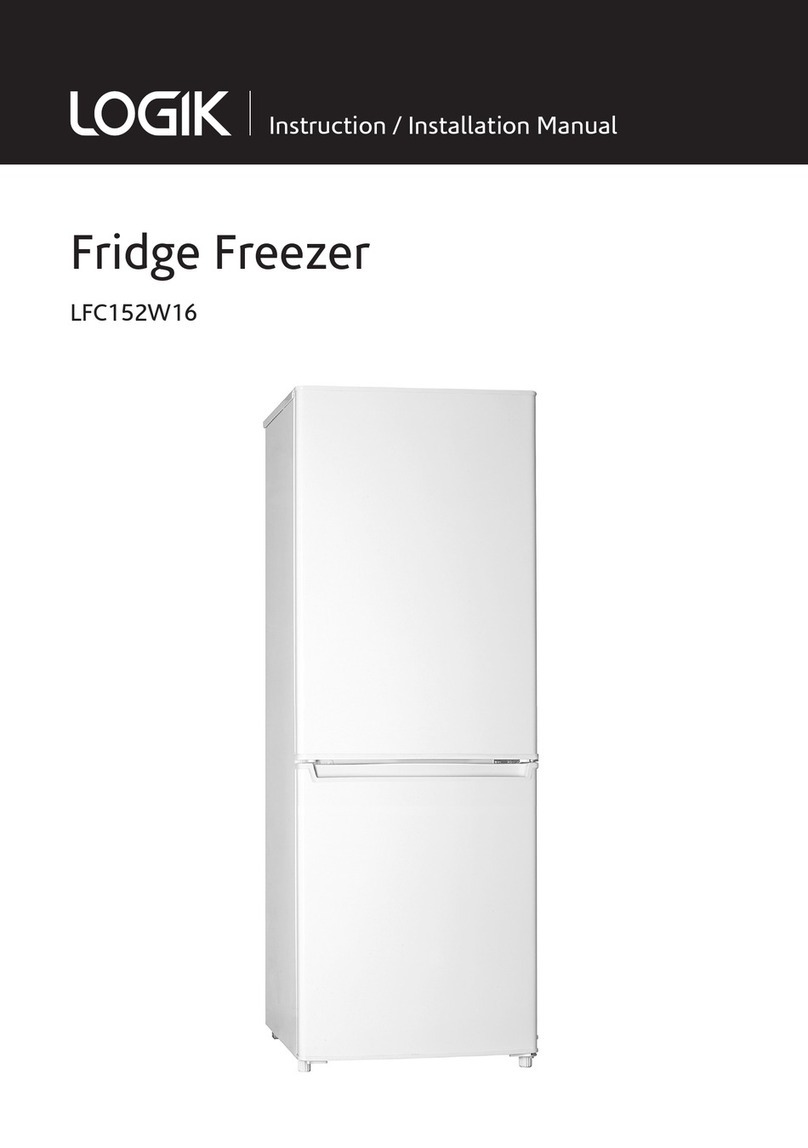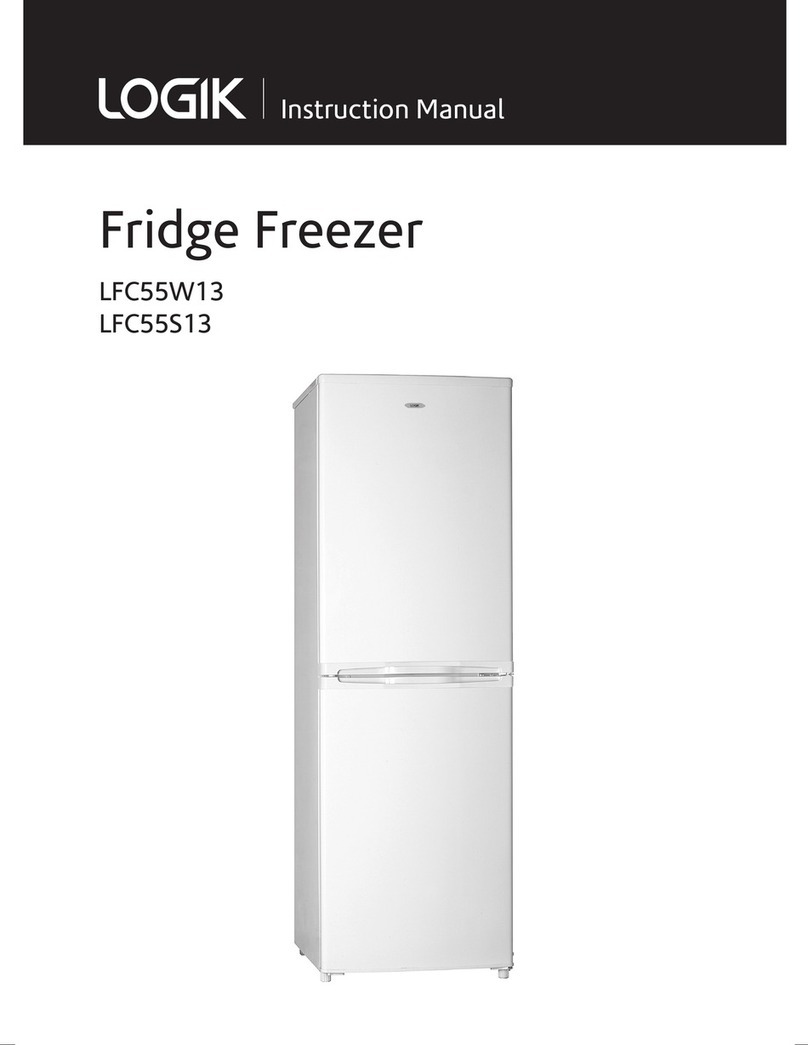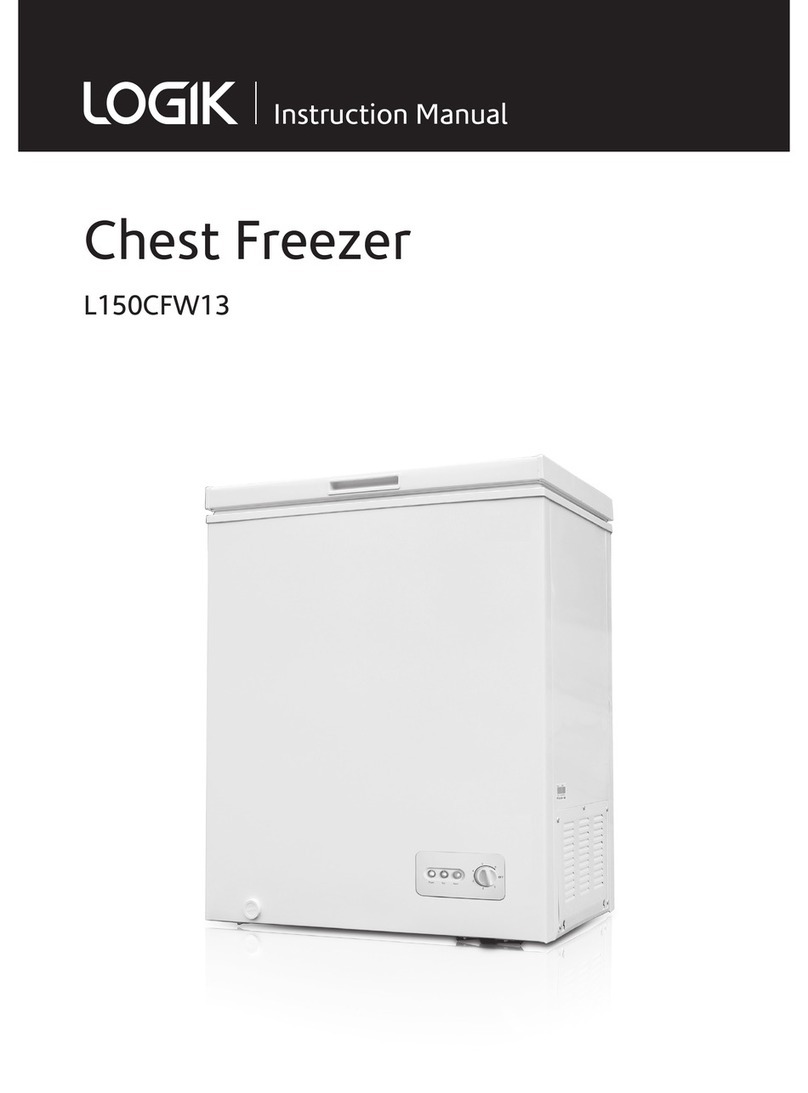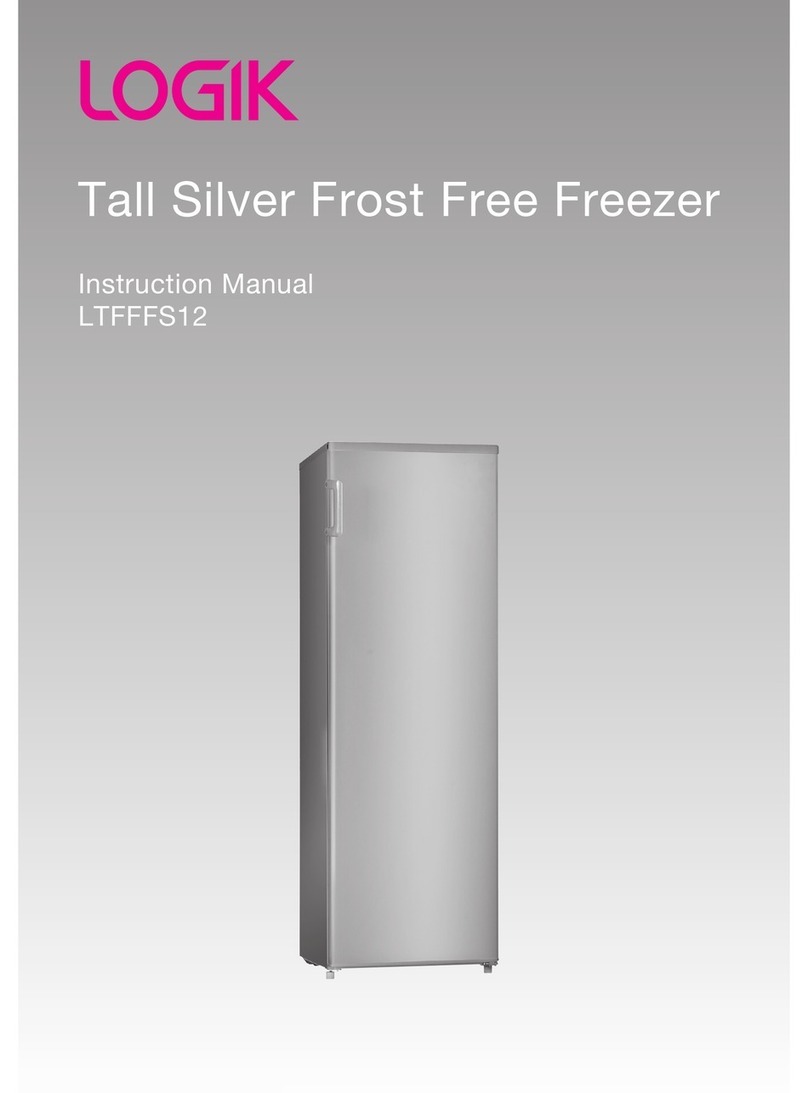
Contents
Safety Warnings............................................................................................................................ 3
Unpacking..................................................................................................................................... 7
Location .......................................................................................................................................................................8
Free Space Requirements......................................................................................................................................8
Cleaning Before Use ................................................................................................................................................8
Before Using Your Unit............................................................................................................................................8
Product Overview......................................................................................................................... 9
Operation .................................................................................................................................... 10
Switching On Your Unit .......................................................................................................................................10
Adjusting the Temperature................................................................................................................................10
Fast Freezing............................................................................................................................................................10
Noises Inside the Unit!.........................................................................................................................................10
Tips for Keeping Food in the Unit.................................................................................................................... 11
Preparations for Freezing....................................................................................................................................11
Defrosting Frozen Food....................................................................................................................................... 11
Cleaning ...................................................................................................................................... 12
Defrosting ................................................................................................................................................................12
Cleaning the Interior and the Exterior of the Unit.....................................................................................12
Maintenance ............................................................................................................................... 13
Care When Handling / Moving the Unit........................................................................................................13
Servicing................................................................................................................................................................... 13
Switching O for Long Periods of Time.........................................................................................................13
Disposal....................................................................................................................................... 13
Troubleshooting ......................................................................................................................... 14
Power Cut ................................................................................................................................................................14
The Freezer is Particularly Cold ........................................................................................................................ 14
The Freezer is Particularly Warm ..................................................................................................................... 14
The Freezer is Not Working ...............................................................................................................................14
Condensation Appears on the Outside of the Freezer ............................................................................ 14
Specications.............................................................................................................................. 15
Product Fiche .............................................................................................................................. 15
L142CFW17_IB_RC_190522_grace.indd 2 22/5/2019 11:04 AM
